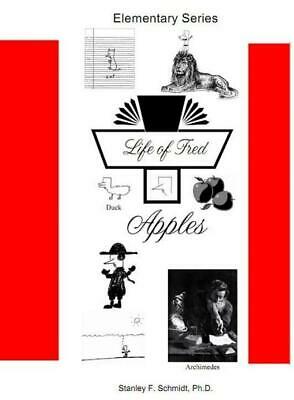-40%
GOLF SHOP SHEILA (The book some people did not want printed) Biltmore Forest CC
$ 21.12
- Description
- Size Guide
Description
GREAT FATHER'S DAY PRESENT400 copies sold
GOLF SHOP SHEILA (The book some people did not want printed) Biltmore Forest CC. Condition is "Brand New". Shipped with USPS Priority Mail.
Founded by the famed Vanderbilt family and opened on July 4, 1922, the Biltmore Forest Country Club has a long history of famous visitors, notable members, and hushed scandal. For 46 years, Sheila Fender, known to members as Golf Shop Sheila, played witness and historian to this private club. Throughout her time at BFCC, Fender came to know the many stories of the club and its members-from Depression-era celebrity visits, to behind-the-scenes caddy secrets, to modern day member anecdotes-and it's in this book that she's recorded her own fond memories and members' generations-long stories of the Biltmore Forest Country Club.
Review from the Donald Ross Society.....Brad Becken
“Whenever I read a history book of a Donald Ross course, invariably I focus on the section discussing Ross’ involvement with the club, (how he got hired, was Ross active there over time, any design issues etc.) and generally ignore the rest of the material. Not so with Sheila Fender’s history of Biltmore Forest CC,
Golf Shop Sheila, The Book Some People Did Not Want Printed
, which I read cover to cover.
Sheila joined Biltmore Forest in 1972 as an entry level employee in the Golf Shop, remained with the club almost 50 years and ultimately became Golf Operations Manager. During her tenure there she developed into an accomplished (and self-taught) historian finding all kinds of information about the club’s past and accumulating considerable archival material which she made available to Biltmore Forest. She also wrote a monthly column in the club’s newsletter documenting some aspect of its history and totaling something like 240 such columns in all. Hers is a very different take on a club history than I am used to reading. Perhaps reflecting her own origins there, she sympathetically includes stories about caddies, assistant pros, fellow employees and not just details about whom she refers to as the “movers and shakers” in Biltmore Forest’s history. There are quite a few good chuckles in this entertaining book and although very positive overall, there is also a sprinkling of barbs directed at unnamed members and club management. She also talks candidly about issues of social inequality which sadly, in the golf industry, were by no means unique to Biltmore Forest. I have only played Biltmore Forest CC once and have met very few members there but
Golf Shop Sheila
(her nickname at the club) was a fun read.”















